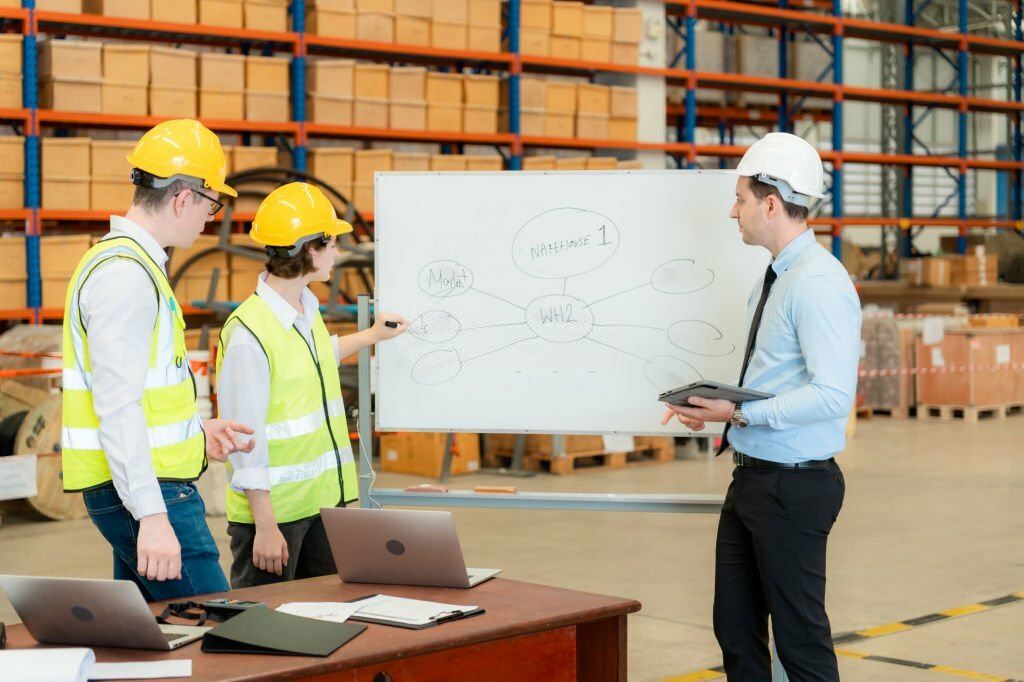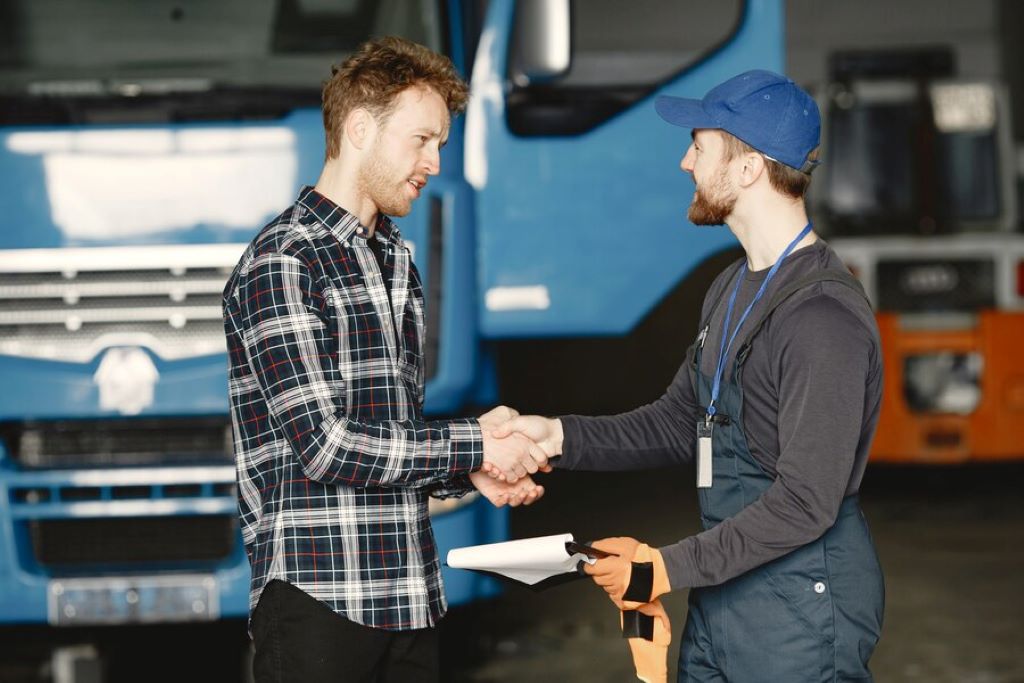Forklifts play a role in industries by significantly improving the efficiency of material handling. However along with their usefulness comes risks making it imperative to prioritize forklift safety in the workplace.
From a perspective ensuring an environment for operating forklifts is not just a good practice; it is also a legal obligation.
In this article we will delve into the aspects surrounding forklift safety and discuss the measures employers must take to ensure a safe working environment, for everyone involved.
OSHA Regulations and Compliance
The cornerstone of maintaining forklift safety in the United States lies in adhering to the regulations established by the Occupational Safety and Health Administration (OSHA).
Failure to comply with these regulations not jeopardizes safety but also exposes employers to legal consequences.
This section will thoroughly examine OSHA regulations pertaining to forklift operation shedding light on the ramifications that employers may face if they fail to comply.
Complying with OSHA regulations is not just morally right; it is also legally required. Employers need to be well informed about the standards governing forklift operations so that they can create a working environment and mitigate any potential legal risks.
Training and Certification Requirements
One aspect of forklift safety, from a legal standpoint is the training and certification of operators. According to OSHA regulations it is mandatory for individuals operating forklifts to receive training in order to effectively navigate hazards.

In this section we will explore the obligations that employers have in providing training, explain the certification process and highlight the legal consequences that can arise from neglecting this essential aspect.
By fulfilling their obligations regarding operator training employers not ensure the safety of their employees but also protect themselves from potential legal liabilities that may arise from accidents caused by insufficient training.
Maintenance and Inspection Protocols
In addition to operator training, maintaining maintenance and inspection protocols for forklift equipment is crucial for ensuring safety. To further enhance safety measures, employers can also invest in forklift safety products.
Employers are legally obligated to establish and follow a maintenance schedule while conducting inspections to promptly identify and address any potential issues.
This section will discuss the implications of neglecting maintenance and inspection protocols. Emphasize their significant role in preventing accidents.
The importance of proactive equipment upkeep becomes evident when considering the consequences that can arise from maintained forklifts. Employers must prioritize maintenance tasks in order to avoid liabilities and maintain a working environment.
Workplace Design and Safety Measures
Ensuring a safe working environment involves not focusing on operators but also considering the design of the workplace itself. The aspects surrounding designing a workspace that minimizes risks associated with forklift operations.
Proper management of traffic, clear signage and the implementation of safety measures are essential, from a standpoint to ensure the well being of both operators and other employees.
Legal rights and obligations do not encompass the behavior of operators. Also extend to the entire workplace environment. Employers must comply with design and safety standards to meet requirements and ensure workplace safety.
Emergency Preparedness and Response
Despite safety measures unforeseen emergencies can still arise. Employers are legally obligated to have emergency preparedness and response plans in place.

The requirements for developing and implementing emergency procedures including evacuation plans and first aid protocols.
The importance of planning is underscored by legal consequences for inadequate emergency preparedness. Employers must ensure that employees are well trained in emergency protocols thereby reducing liabilities in case accidents occur.
Documentation and Record-Keeping
Adhering to compliance often involves documentation and record keeping. This section will delve into the significance of maintaining records related to forklift safety, such as training certifications, maintenance logs and incident reports.
Failure to maintain documentation can result in legal ramifications for employers. Documentation serves as a measure from a standpoint as it provides evidence of compliance and diligent efforts.
Employers must prioritize record keeping to navigate challenges while demonstrating their commitment towards forklift safety.
Liability and Legal Consequences
When accidents involving forklifts occur employers face responsibilities. This section will explore the ramifications that employers may encounter in the event of accidents, injuries or even fatalities involving forklifts.
It is crucial for employers to understand liability to address safety measures and minimize risks. The legal consequences stemming from forklift accidents underscore the necessity of implementing safety protocols.
Employers should not prioritize accident prevention. Also be prepared to navigate legal challenges that may arise after such incidents.
Employee Rights and Protections
Employees have rights regarding safety and employers have obligations to uphold these rights. In this section we will delve into the aspects surrounding employee rights and protections within the context of forklift safety.
Topics such as the right to refuse work and the available legal recourse for employees in case of safety violations will be covered.

Understanding and respecting employee rights is not a matter of meeting requirements; it also fosters a positive workplace culture. Employers should prioritize employee well being to ensure compliance with laws while maintaining a work environment.
Continuous Improvement and Adaptation
Laws and regulations are subject to change necessitating that employers stay informed and adapt their safety measures accordingly. This section will highlight the significance of improving forklift safety protocols in alignment with evolving standards.
Additionally the importance of keeping up with industry regulations will be emphasized, along with the ramifications of failing to do so.
Continuous improvement goes beyond being a recommended practice; it becomes a necessity. Employers must prioritize staying up to date with developments to ensure compliance and adapt their safety measures accordingly.
International Perspectives on Forklift Safety
In addition to regulations companies operating on a scale must consider international perspectives when it comes to forklift safety.
This section will delve into how international laws and standards impact forklift safety in workplaces. Understanding these perspectives is essential for companies that operate across borders.
Navigating through frameworks guarantees a comprehensive approach towards ensuring forklift safety. Employers with operations must incorporate legal perspectives to establish a consistent and secure work environment.
Conclusion
To conclude, employers have both legal obligations when it comes to ensuring forklift safety. By comprehending and adhering to the perspectives discussed in this article businesses can establish a secure working environment, minimize accident risks and ensure compliance with relevant regulations.
Prioritizing forklift safety not helps avoid legal consequences but also nurtures a workplace culture that values the well being of all employees. Compliance with forklift safety regulations isn’t about meeting the laws requirements; it forms the foundation of a secure workplace.




